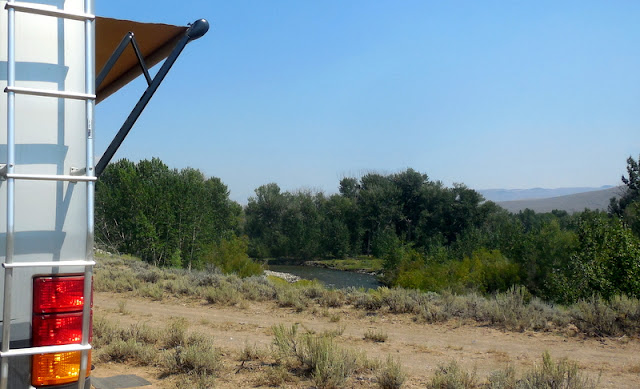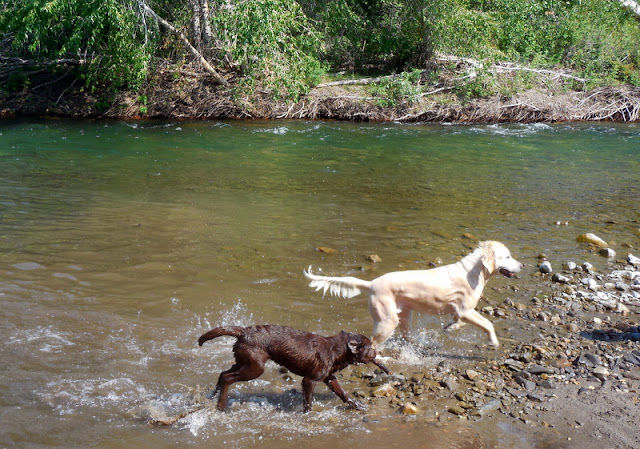We were also convinced that so many other fulltime RV friends we know would be trying to do the same. Much to our surprise, everyone we talked to said they were doing everything in their power to avoid the event, even though they were planning to be within a few hundred miles of the totality zone as a course of their regular travels.
One of our friends, a former NASA engineer no less, was shockingly uninterested in the "event". I Mean, how could someone from NASA be bored by all this? I can't blame them. I probably wouldn't be all jazzed up about a total eclipse either if I had access to files about extraterrestrials or other intriguing space oddities.
Our interest in the eclipse hardly counts as an obsession. We have spent zero dollars on specialized cameras and astronomical devices (other than $3.00 certified eclipse glasses). You won't see us on a charter flight through empty skies, on a cruise ship in the middle of the Pacific, or on an isolated island in the Moluccas going for totality.
But even for us, the fundamental inversion of day turned to night as the moon blocks out the sun has a primal mystique that is hard to match. We were in search of an all embracing visual and sensory experience...that's all.
After a scenic and leisurely nine hour drive south from Bonners Ferry, ID, we found a sweet spot on BLM land next to the Big Lost River, one of our favorite trout streams in Idaho. While there were hordes of campers about 25 miles from us in the Mackay, ID area, there was no one in sight at our little spot. As far as our civilian GPS could tell us, we were right on the centerline of the eclipse totality band. A nice place to witness the end of times.
Idaho's tallest peak, Mt. Borah in the background to the east.
Nothing but the gap through the Sawtooth Mountains going to Sun Valley to the west.
The Big Lost River. Idaho's best kept trout fishing secret.
The day of the eclipse dawned with a brilliantly blue, clear sky. We set up our chairs at 10 AM to watch through our protective glasses as the moon slowly crept across the sun.
The first signs we saw started at 10:13 AM. All we really noticed was a gradual cooling off in the area. Without our solar glasses to see the moon slowly taking a chunk out of the sun, it just looked like a normal day. Even up until the eclipse was at about 99%, there was a big shadow being cast by our rig and the solar panels were still putting out juice.
Still very light out at 99% of totality.
At total eclipse, rather than being completely dark, it looked like we had a 360 degree sunrise with no more shadow being cast by the rig.
The "diamond" when totality ends and the moon starts uncovering the sun.
At totality, "sunrise" is in all directions around you.
A partial eclipse almost seems like a big yawn. A total eclipse, however, is worth every bit of effort to be part of. Although this will most likely be our first and last total eclipse, it's easy to see how the raw excitement combined with the adventure of a quest can easily get you hooked. We can't help but think about Antarctica in 2021, Indonesia in 2023, and Egypt in 2027 (with Luxor bang on the centerline). Each eclipse comes with its own sense of place and purpose. The reality is that some day we will be too old or too ill to even consider the list of upcoming total eclipses and the broad, hypnotic loops of astronomical time they represent. And yet, we know they'll continue without us, without all of us, long after we're gone.















